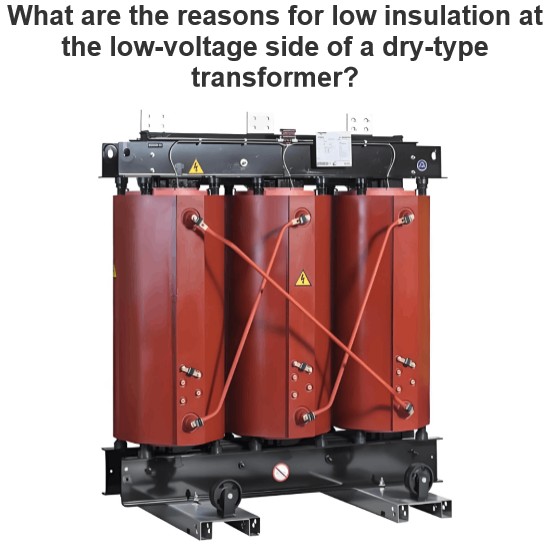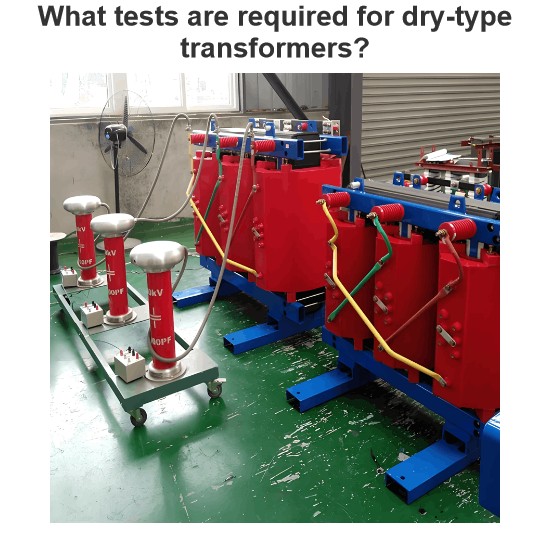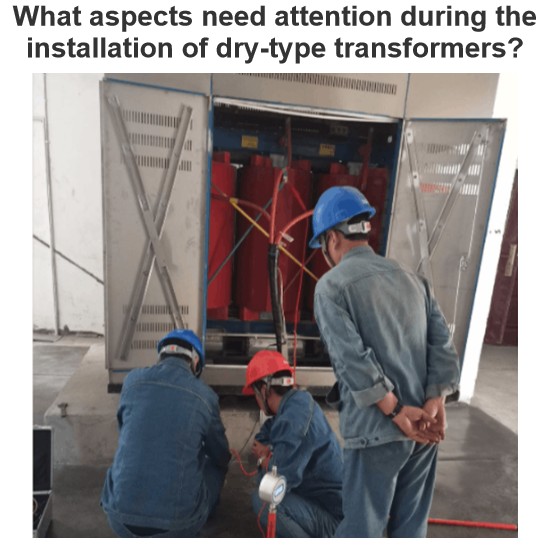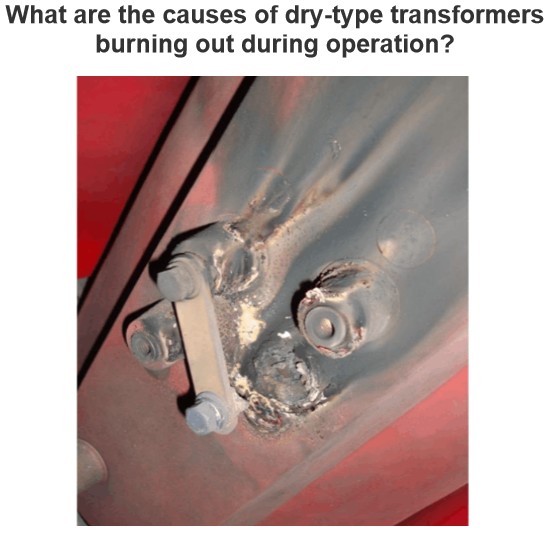What is everything you need to know about copper winding wire?
Basic Knowledge of Copper Winding Wire
Copper winding wire, also known as electromagnetic wire, is a type of insulated wire specifically designed for manufacturing coils or windings in electrical products. Its primary function is to generate a magnetic field through current flow or to produce current by cutting magnetic lines of force, thus enabling the mutual conversion between electric and magnetic energy. Here are some key points about copper winding wire:
1. Definition and Purpose
Copper winding wires are conductive metal wires with insulating layers, mainly used for manufacturing coils or windings in motors, electrical appliances, instruments, transformers, and other equipment. These coils realize the conversion of electric and magnetic energy through the principle of electromagnetic induction.
2. Type and Characteristics
Copper winding wires can be divided into enameled wire, coated wire, enameled coated wire, and inorganic insulation wire according to the different insulation layers. Enameled wire is suitable for high-speed winding and is widely used in small and medium-sized motors; coated wire is applicable to large and medium-sized electrical products and can withstand overvoltage and overload loads; inorganic insulation winding wires are resistant to high temperatures and radiation, making them suitable for extreme environments; special winding wires are designed for specific occasions and have special insulation structures and properties.
3. Differences with ordinary wires
The main difference between copper winding wires and ordinary wires lies in their insulation and application. Ordinary wires are typically used for power transmission, while copper winding wires are specifically designed for manufacturing components of devices that require electromagnetic effects.
4. Material Selection
Copper winding wires are usually made of copper or aluminum. Copper is widely used due to its excellent conductivity and mechanical properties, despite the higher cost. Aluminum, although cheaper, has inferior conductivity and mechanical properties compared to copper and is more susceptible to corrosion, requiring more maintenance and protection.
5. Detection of winding wires
For the material of dry-type transformer winding, non-destructive testing can be carried out by using a transformer winding material analyzer. This instrument utilizes the Seebeck effect and the thermal conductivity characteristics of metals to heat specific parts of the transformer winding, and comprehensively judges the winding material according to the law of thermoelectric potential measured and the time domain characteristics of heat conduction.
6. Advantages of Winding Wire
Text: Copper strands, compared to single wires of the same cross-sectional area, have higher mechanical flexibility and can lower operating temperatures, making them widely used in high "Q" value lines.
In summary, copper winding wires are an indispensable part of electrical products. Understanding their definition, types, characteristics, material selection, testing methods, and advantages is crucial for designing and selecting the appropriate winding wires.
The Electricity Encyclopedia is dedicated to accelerating the dissemination and application of electricity knowledge and adding impetus to the development and innovation of the electricity industry.













